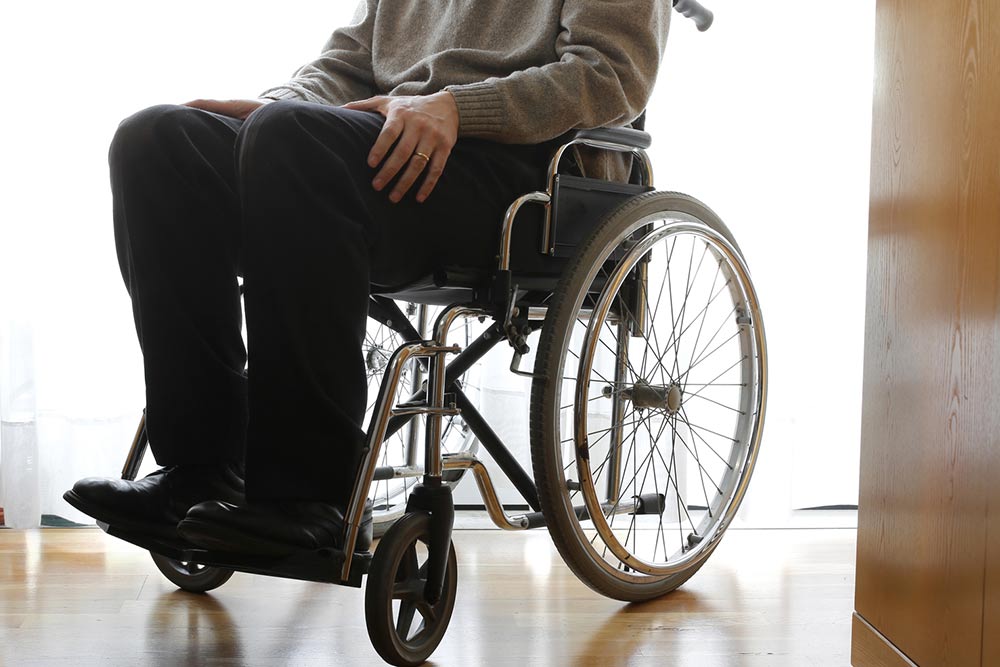Comprehensive Guide to Muscular Dystrophy: Causes, Symptoms, and Management
This comprehensive article explores the causes, symptoms, and different types of muscular dystrophy. It emphasizes the importance of early diagnosis and tailored management to improve quality of life. Covering genetic inheritance patterns, distinctive symptoms, and the progression of various dystrophies, this guide provides valuable insights for patients, families, and healthcare providers seeking to understand and manage this complex group of diseases effectively.

Comprehensive Guide to Muscular Dystrophy: Causes, Symptoms, and Management
Muscular dystrophy encompasses a wide variety of genetic disorders that progressively weaken muscle tissues over time, leading to significant physical challenges and impacting quality of life. This group of inherited diseases is characterized by mutations in specific genes responsible for producing essential proteins necessary for muscle integrity, growth, and repair. Understanding the intricate causes, early warning signs, and effective management strategies for muscular dystrophy is crucial for patients, caregivers, and healthcare providers aiming to improve patient outcomes and delay disease progression.
Understanding the Origins of Muscular Dystrophy
At its core, muscular dystrophy is caused by genetic mutations that disrupt normal muscle development and maintenance. These mutations can be inherited or occur spontaneously as new (de novo) mutations. Knowing the inheritance patterns enables better understanding of risk factors and potential family risks.
The primary inheritance patterns of muscular dystrophy include:
Dominant inheritance: In this pattern, a mutation in just one copy of a gene inherited from either parent can cause the disease. Examples include myotonic dystrophy and facioscapulohumeral dystrophy. Individuals with dominant mutations have a 50% chance of passing the condition to offspring, emphasizing the importance of genetic counseling.
Recessive inheritance: This requires two copies of the mutated gene, one inherited from each parent, making the condition less common and often more severe. Limb-girdle muscular dystrophy is a typical example, affecting both males and females equally. Carriers may show no symptoms but can pass the mutation to their children if their partner is also a carrier.
X-linked inheritance: Mutations located on the X chromosome predominantly affect males because they have only one X chromosome. Duchenne muscular dystrophy and Becker muscular dystrophy are prime examples. Males typically experience more severe symptoms, as they lack a second X chromosome that could potentially carry a normal copy of the gene.
In some cases, gene mutations can occur spontaneously without familial inheritance, classified as de novo mutations. These cases arise from errors during sperm or egg formation or early embryonic development, leading to sporadic cases of muscular dystrophy.
Symptoms and Diagnosis: Recognizing Different Types of Muscular Dystrophy
Regardless of the specific type, muscle weakness and loss of mobility are core symptoms across muscular dystrophies. However, the pattern of muscle involvement, age of onset, and severity vary considerably among different forms.
Duchenne Muscular Dystrophy (DMD)
DMD is one of the most common and severe forms, predominantly affecting boys. Symptoms often appear in early childhood, typically between ages 3 and 5. Key symptoms include:
Frequent falls and difficulty standing up
Weakness in the legs and pelvis, leading to difficulty walking
Waddling gait and toe-walking pattern
Enlarged calf muscles (pseudohypertrophy)
Muscle stiffness and delayed motor milestones
Learning difficulties and cognitive delays in some cases
As the disease progresses, affected individuals may experience difficulty with motor functions, respiratory issues, and cardiac complications, often leading to a reduced lifespan.
Becker Muscular Dystrophy
This milder form manifests later, usually during adolescence or early adulthood, and progresses more slowly. Symptoms resemble those of Duchenne but are less severe, allowing some individuals to maintain ambulation into middle age. Common features include:
Gradual muscle weakness, especially in hips, thighs, and shoulders
Delayed motor development, but less pronounced than in Duchenne
Possible cardiac involvement over time
Because of its milder course, Becker dystrophy often remains undiagnosed until mid or late adolescence or even adulthood.
Other Variants of Muscular Dystrophy
Several other forms of muscular dystrophy display unique features based on the specific muscles affected and age of onset:
Myotonic Dystrophy: Characterized by delayed muscle relaxation after contraction, facial muscle weakness, neck weakness, drooping eyelids (ptosis), and a prominent swan-neck appearance of the neck. It also affects other systems, leading to cardiac, endocrine, and cognitive issues.
Facioscapulohumeral Dystrophy (FSHD): Affects muscles of the face, shoulder blades, and upper arms, causing winged scapulae, difficulty closing eyes, and facial paralysis. Symptoms can appear early in adolescence or later in life.
Congenital Muscular Dystrophy: Symptoms are present at birth or shortly thereafter, often involving severe muscle weakness, joint contractures, and respiratory difficulties. The progression varies, with some children experiencing mild disabilities while others develop profound impairments.
Limb-Girdle Muscular Dystrophy: Impacts shoulder and hip muscles, leading to difficulty lifting limbs, tripping, and waddling gait starting in childhood, adolescence, or early adulthood. The progression rate depends on the specific subtype.
Early recognition of muscle weakness without obvious cause should prompt consultation with healthcare professionals. Timely diagnosis allows for tailored management strategies, including physical therapy, medications, and genetic counseling, thereby improving the patient's long-term outlook and quality of life.
Overall, muscular dystrophy presents a complex interplay of genetic factors and clinical manifestations. Advances in genetic research and supportive therapies continue to improve outcomes for affected individuals, emphasizing the importance of early detection and comprehensive care.





